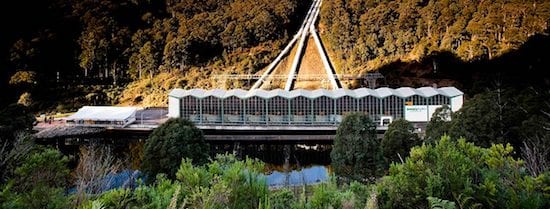Some of Australia’s biggest energy retailers, including the government owned Snowy Hydro, did not meet their renewable energy target quotas in 2018, choosing instead to pay shortfall penalties in the hope of being able to buy renewable energy certificates at much cheaper prices at a later date.
The news would come as a surprise to most energy consumers, given all the publicity about the huge numbers of wind and solar plants that have connected to the grid in the past year.
But the list of retailers falling short of their obligations includes Snowy Hydro, and its retailing units Lumo and Red Energy, along with Engie’s Simply Energy. Others, such as EnergyAustralia and Alinta have already admitted to also having a shortfall in 2018.
The retailers have exercised a legal right to pay a shortfall penalty in 2018, despite the abundance of wind and solar projects and LGCs, on the assumption that they will be able to make a big profit by buying them cheaper in the future. Consumers, however, might ask their retailers why they are being asked to pay full freight for those same LGCs if that’s the case.
Australia’s biggest energy utility, and the government’s favourite whipping boy, AGL, has met its obligations for 2018 in full. Another of the “big three”, Origin Energy, said it had reached 91 per cent of its obligation, which meant it did not pay a shortfall penalty.
The shortfall has been expected by most analysts, and even the Australian Energy Market Operator, after the government-controlled regulator late last year did an about-face and openly encouraged retailers to take advantage of the “shortfall” provisions in the legislation accompanying the RET.

This allows for obligated parties to pay $65/MWh (effectively $93/MWh as it is not tax deductible), and then profit from the move by buying up more LGCs at a later day (as they are allowed to do), when they will be at a much cheaper price.
The Clean Energy Regulator publicly shamed prominent energy company ERM in early 2017, when that company elected to play the shortfall game (at a profit of around $40 million), saying that its decision to choose penalties over projects was not in the spirit of the legislation.
That position was changed last year when it reminded retailers that they should think about using the shortfall provisions, and analysts say it is clear that many of the big retailers have done just that, although exact numbers are not available.
“Given that the Renewable Energy Target will be clearly exceeded, the Clean Energy Regulator has no objections to the use of shortfall in the expectation that clients would true up these positions with LGCs in a subsequent year, as allowed for under the law,” it said in October.
Retailers and other obligated parties are allowed to “carry over” 10 per cent of their obligation. Any shortfall over and above that level causes the penalty price to be paid. They have three years to “make up” that shortfall by buying LGCs. The penalty payment is then returned, and the retailer can book a handsome profit.
According to data from SunWiz RETelligence, Snowy Hydro has met only about 14 per cent of its target. Engie’s Simply Energy has met only around 5 per cent. This number accords with estimates from other analysts. Snowy Hydro did not respond to requests for comment.
Snowy Hydro – which made a big deal of its auction that would deliver “firm renewables” much cheaper than the current baseload price had more than 1.4 million LGCs in December, but chose to surrender only 140,000 – fraction of its obligation that is estimated at around 1 million.
Analysts say the company is likely to have sold much or all of the rest on the market, which was hovering around $50/MWh in December, but then fell to a low of $34/MWh in January. It recently traded around $40/MWh. The futures market predicts a price of around $15/MWh in 2021 because of the massive amounts of wind and solar being built.
While the activity is legal, and may have resulted in the price of LGCs falling further than otherwise, consumers are yet to see any benefit.
Analysts say the question for customers is why they should be paying the equivalent of $70-$80 for the cost of LGCs, given that while such retailers are paying the penalty price this year, they will likely pick up those LGCs for as low as $15 in 2021, based on current forward market prices.
That will deliver a hefty profit to the government owned energy generator, and appears to be against the mantra of their owner, and energy minister Angus Taylor, who promotes himself as the minister for lowering energy prices.
Alinta says the cause of its shortfall is because its “significant renewable investment strategy will take some time to be fully implemented” and “plans to use its future investments to ‘make good’ on its shortfall once key projects are operational.” It held a tender for large scale renewable energy projects last year but has yet to announce the results.
EnergyAustralia has sought to soften the social licence issues surrounding the use of the shortfall by announcing they would spend $15 million helping certain charities install solar and battery storage.
Analysts say the profits from the shortfall is yet another example of where the big energy players are able to profit from the rules of the market they helped write. Gaming and market manipulation is rife in the market, yet apparently “within the rules”, even when it is obvious that generators have deliberately pushed up prices well beyond the cost of delivery – as reflected in their windfall profits.










